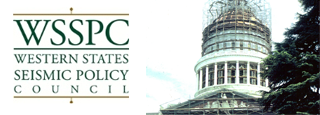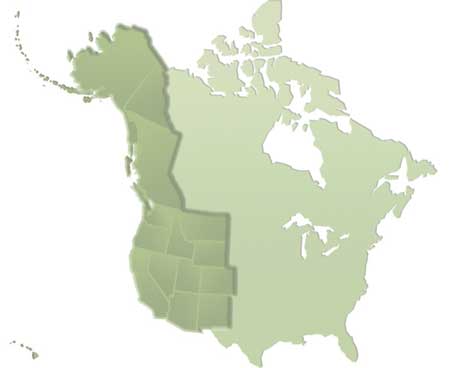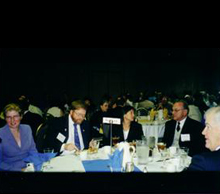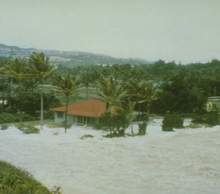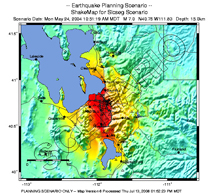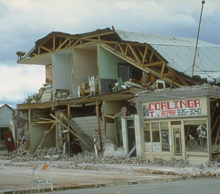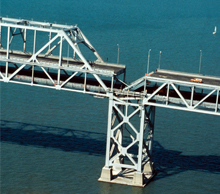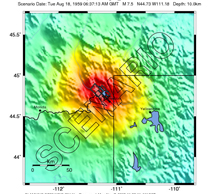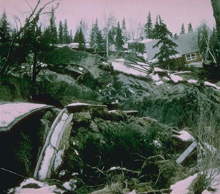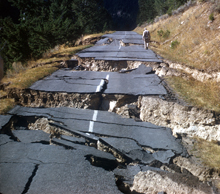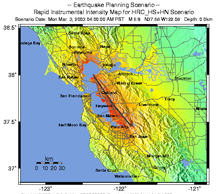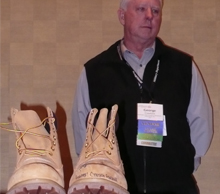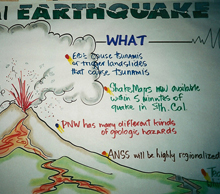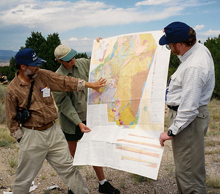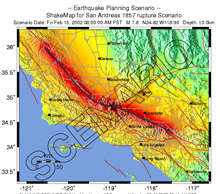2016-2019
GOAL 1: POLICIES
Develop and facilitate the implementation of policy recommendations to reduce losses from seismic events.
Objectives
1.1. Develop policy recommendations for adoption by WSSPC members.
Metrics:
1.1.1. Maintain a standard and fast-track policy recommendation development procedure and review and update it at least once every three years.
1.1.2. Maintain the current policy development procedures on the WSSPC website.
1.2. Standard policy recommendation procedure: Every year review and update adopted policy recommendations that are three years old.
Metrics:
1.2.1. Survey WSSPC members every three years to determine which current policy recommendations have or have not been adopted.
1.2.2. Maintain a current list of policy recommendations on the WSSPC website.
1.3. Distribute adopted policy recommendations to relevant entities to encourage implementation.
Metrics:
1.3.1. Review every three years whether WSSPC members have undertaken the recommended implementation actions.
1.3.2. Analyze why policy implementation by WSSPC members has or has not occurred.
GOAL 2: PROGRAMS
Provide opportunities for both the public and private sectors to exchange information and expertise in the earthquake sciences and emergency management fields.
Objectives
2.1. Host, singly or jointly, an annual WSSPC conference or meeting, and host or assist a national earthquake conference every 4 years, of WSSPC members and others, to share new approaches and information, and agree on new actions and policies to be developed and implemented.
Metrics:
2.1.1. Conduct a survey to evaluate the satisfaction of attendees and to rate the effectiveness of the conference.
2.1.2. Track conference attendance by sector.
2.2. Sponsor and support regional and sub-regional workshops and activities on topics consistent with the mission, and summarize results in articles prepared for publications and/or for the WSSPC website.
Metrics:
2.2.1. Survey workshop attendees as to the effectiveness of the activities undertaken.
2.3. Effectively promote WSSPC and provide outreach to target audiences through a website, printed materials, newsletter, Bulletins, PowerPoint presentation, and a traveling display.
Metrics:
2.3.1. Produce an Annual Report that includes an analysis of website use, financial reports, and activities.
2.3.2. Produce a quarterly newsletter and monthly Bulletins in intervening months.
2.3.3. Produce and keep current “white paper” handouts.
2.3.4. Maintain a current PowerPoint presentation.
2.3.5. Maintain a traveling display for use at meetings.
2.4. Recognize achievement in different areas of earthquake mitigation, preparedness and response through WSSPC Awards in Excellence. Bring greater visibility to exemplary state, county and local programs and policies, and facilitate the transfer of these successful experiences to other states.
Metrics:
2.4.1. Maintain a compilation of Awards in Excellence winners.
2.5 Prepare guidelines for what constitutes a successful state seismic safety program.
Metrics:
2.5.1. Survey state earthquake program managers for elements of a successful program in their state.
GOAL 3: PARTNERSHIPS
Partner with appropriate public and private organizations to enhance mutual support for advancing earthquake programs and developing and implementing seismic policies.
Objectives
3.1. Consult regularly with Central U.S. Earthquake Consortium, Northeast States Emergency Consortium, Cascadia Region Earthquake Workgroup, and other groups as appropriate, for example: Earthquake Engineering Research Institute; University of Colorado, Boulder, Natural Hazards Center; National Emergency Management Association; the Association of American State Geologists, and National Oceanic and Atmospheric Administration National Tsunami Hazard Mitigation Program.
Metrics:
3.1.1. The Executive Director will review annually the nature of and number of partnerships and report to the Board in an Annual Report.
3.2. Collaborate with the Federal Emergency Management Agency (FEMA) in developing earthquake mitigation initiatives, and when appropriate, support other National Earthquake Hazard Reduction Program agencies (U.S. Geological Survey, National Institute of Standards and Technology, and National Science Foundation) and the National Oceanic and Atmospheric Administration National Tsunami Hazard Mitigation Program.
Metrics:
3.2.1. The Executive Director will report opportunities to the Board as they arise.
3.3. Identify and pursue opportunities to enhance working relationships with WSSPC member agencies (e.g. state seismic safety commissions/councils) and with other federal, state, local, and international organizations whose mandates include earthquake programs and policies (e.g. emergency management councils, HAZUS Users Groups, and similar organizations).
Metrics:
3.3.1. The Executive Director will report opportunities to the Board as they arise.
GOAL 4: SUSTAINABILITY
Maintain a business plan that will assure sustainable funding.
Objectives
4.1. Develop an annual budget that accounts for the funding stream.
Metrics:
4.1.1. Maintain a budget and report income and expenses to the WSSPC Board of Directors at each Board meeting.
4.2. Maintain funds that are sufficient for WSSPC to function.
Metrics:
4.2.1. Maintain a six-month operating reserve.
4.3. Identify and leverage all potential funding sources to assure sustainability.
Metrics:
4.3.1. Seek increased Affiliate membership in WSSPC.
4.3.2. Sustain and, if possible, augment current FEMA funding with other funding opportunities as they arise.
